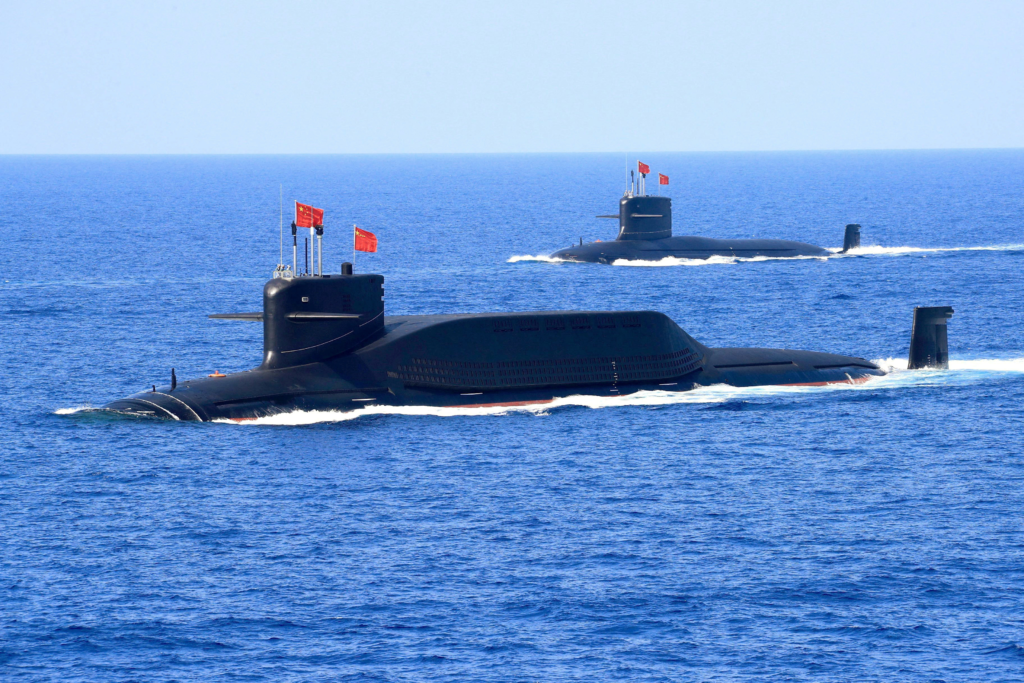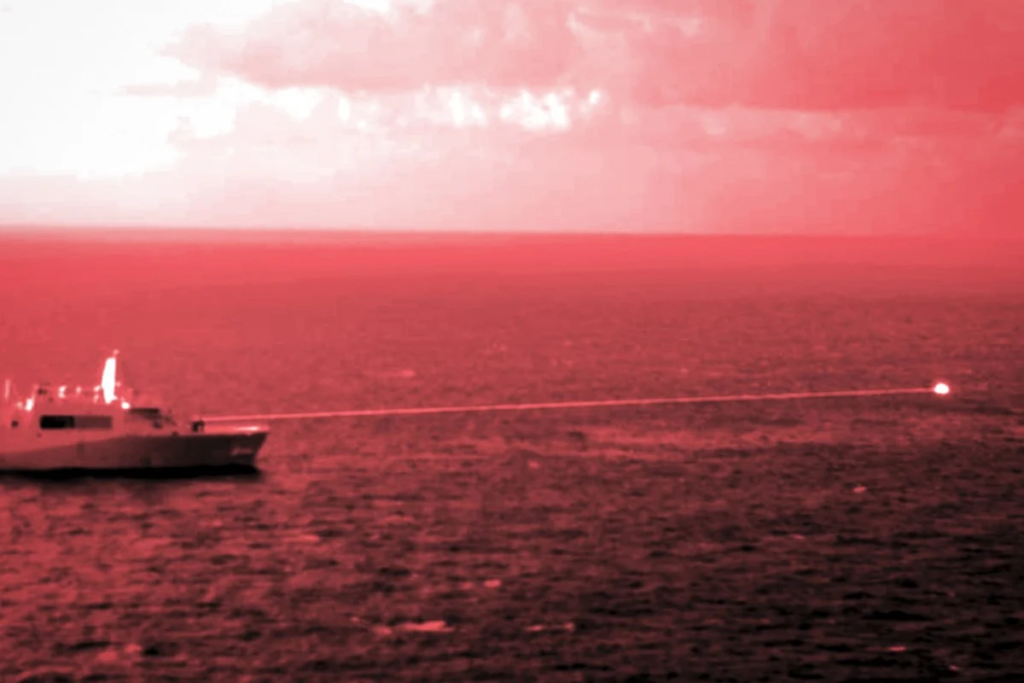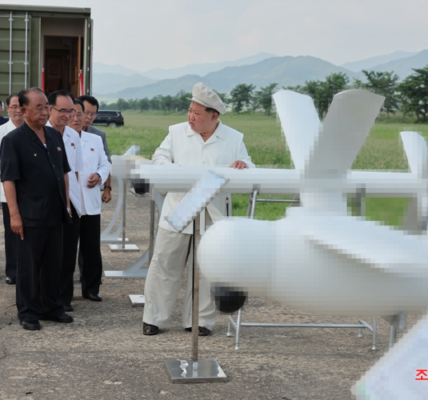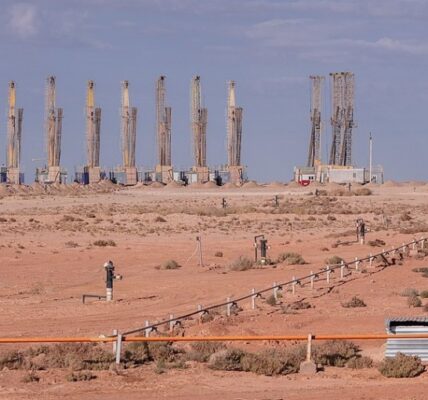
Chinese defence chiefs are planning to install a star wars type laser on its nuclear submarines so that it will be able to shoot down British and US spy satellites while hidden beneath the ocean.
Chinese scientists claim the weapon will be able to knockout satellites and enemy aircraft in a fraction of a second because lasers destroy targets at the speed of light.
One of the western satellite systems in the Chinese sights is the SpaceX Starlink satellite system which can often be seen passing over UK skies.
The UK has around seven military satellites which are now vital for command and control of its forces around the world, while the US has 247 orbiting the earth.
Details of the plans have been published in the Chinese Defence magazine “Command Control & Simulation”.
Researchers said in the article that the laser could be mounted on a mast and could fire at satellites while submerged.

The article said: “A submarine with a megawatt-class, solid-state, laser weapon installed in its midsection could stay submerged while it raised a retractable mast to fire at satellites, before diving back down to depth.
“When the satellite enters the attackable range, the laser weapon is raised. After the attack is completed, the submarine can submerge and wait for the next mission or return to the home port.”
The Chinese say a laser would be far more lethal than current anti-satellite weapons, which use ground-fired rockets to launch a missile that destroys its target with an explosive warhead.
The Chinese document added: “Taking the satellites launched by the Starlink program as an example, they are numerous, densely packed and small in size, making the satellite network extremely resilient.
“Even if a significant number of satellites are destroyed, there are redundancies to replace them. Therefore, using missiles to attack such satellites is highly inefficient.”
Satellite swarms are becoming a crucial part of warfare. They have enabled Ukraine to provide connectivity for its forces when existing Internet and satellite communications facilities were destroyed.
Thus, there’s a need for destroying or disabling many small satellites in low-Earth orbit.
China believes the solution to attacking swarm satellites are flotillas of mass-produced laser subs that could be dispatched to oceans around the world.
Laser subs could also shield China’s ballistic missile submarines from detection. “The escorting submarine can first use the laser weapon to interfere with or destroy overhead satellites in the sea area, making it difficult for the enemy’s space-based surveillance system to function, thereby achieving the concealment of missile launches,” the article said.
But some experts believe a nuclear powered laser sub will take many years to develop.
Chris Carlson, a former Defense Intelligence Agency naval analyst, said: “A submarine at periscope depth is anything but a stable firing platform.
“Just a little wiggle in pitch, roll, or yaw will yank the beam off.
“Communications with a submerged submarine are difficult and after alerting the sub, it would still have to raise a mast with a data link to the tracking sensor before a separate tracking laser on the sub itself could acquire the target and point the laser weapon in the right direction. There are lots of ways for this to go wrong.”




























































































































































































































































































